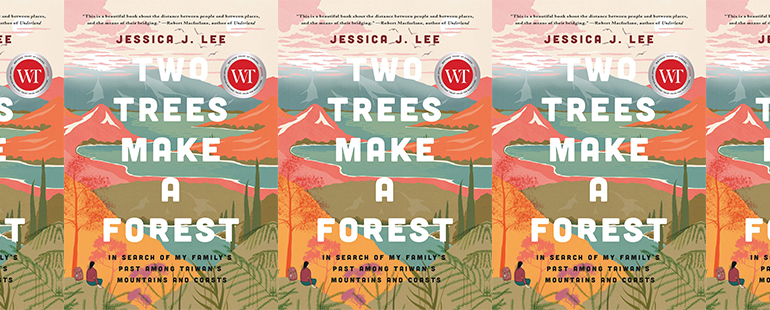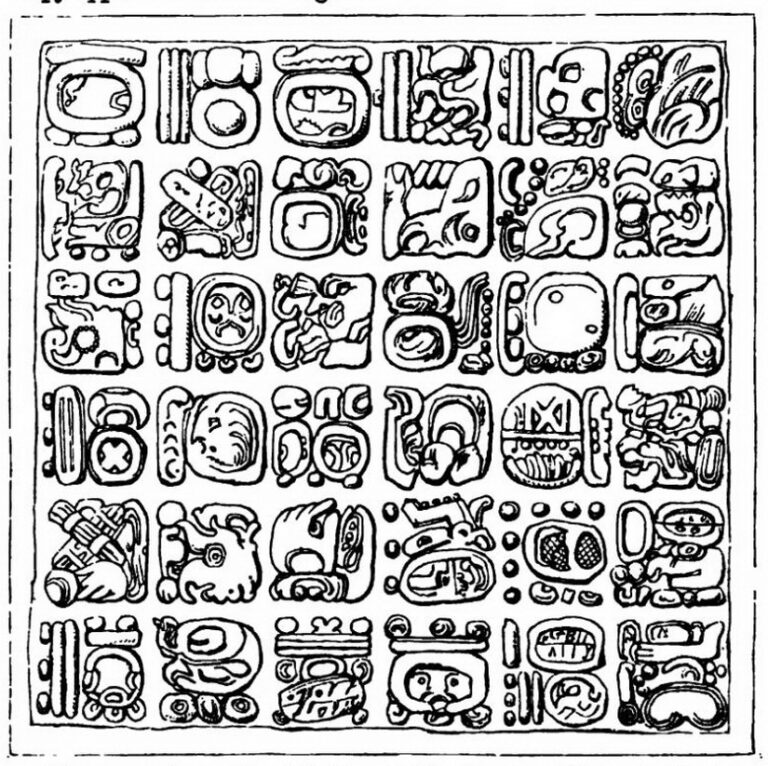The Personal and The Ecological in Two Trees Make a Forest

Jessica J. Lee’s 2019 blend of memoir and nature writing Two Trees Make a Forest strikes a unique balance between her exploration of the natural landscape of Taiwan through her interest in environmental history and her journey to plumb the depths of her family history. The book follows Lee as she explores her identity of what it means to be half Taiwanese and as she seeks a deeper understanding of the place and the people that she grew up removed from. This desire reflects a feeling that many of us who are biracial share: a sense of displacement stemming from personal anchors that exist in multiple locations and a desire to understand ourselves better by using the world around us. She thus begins by exploring things that are familiar to her: the natural world, the stories her family told her of Taiwan. She says, “where I couldn’t find words [to describe my desire], I fell to other languages: to plants, to history, to landscape.” As a result, while her story unfolds from the personal, Two Trees Make a Forest quickly opens up to encompass far more than the experience of a single individual.
What becomes immediately clear from the first few pages of the book is how deeply embedded personal history is in the landscape that surrounds us. While Lee finds something of herself reflected in the landscape she describes, she always keeps the personal situated within a grander, broader timescale—both geologic and historic. Thus, the book never feels myopic in its focus. Rather than feeling claustrophobic or aggrandizing, Lee is able to situate herself and her family in such a way as to guide readers to larger discussions on the effect location, landscape, and history have on individuals. On the surface, it might seem that pushing together familial history and environmental history is an overreach, a grandiose view of humanity that ignores the relatively small blip of geologic time that we have inhabited the planet. And Lee herself is acutely aware of this, saying, “Everything in my education had inoculated me against this kind of anthropocentrism: to resist the idea of nature as for us alone, of a forest providing arboreal answers to very human predicaments. But still I find myself falling short, seeing in this mountain a mirror for my misunderstandings, as if in knowing its nature I might find a way to belong to this place.” But one of the strongest aspects of Lee’s approach is her ability to telescope in and out of various points of view, blending both direct observations of the natural world and historical context to orient the reader as she shifts focus. The effect of these movements is an organic blending of the personal, the familial, and the historical with landscape remaining a constant throughout.
One such moment occurs in Lee’s discussion of the rivers and waterfalls of Taiwan. She describes the rivers and falls themselves, tracing their path on maps and outlining their histories, and even the legends attached to them, for readers. After guiding us through the physical landscape, Lee eventually leads us to a memory of her and her mother swimming in a pool supplied by one of these waterfalls. She then reflects on whether she could see something of herself in her mother. “Beaming in that mountain pool,” she concludes, “I shared her happiness, and I saw in her face something of my own.” Rather than feeling forced, the progressive line between land, history, and family feels organic and meaningful.
Lee’s movement between the personal and ecological also shows the true difficulty in peeling the human away from the landscape. For better or for worse (often for worse), human beings have embedded themselves in the non-human natural world. Even an attempt at taking a more objective, third-person reportage approach to the natural worlds resurfaces the unmistakable imprint of the human hands that have touched it. Lee writes, “Scientific labels contain so much of the past, entire histories rendered in nomenclature: the many plant and animal species named for Swinhoe, like Lophura swinhoii (Swinhoe’s pheasant); or Fagus hayatae (Taiwan beech) . . . named for Hayata.” Richard Swinhoe, a British biologist, and Bunzo Hayata, a Japanese botanist, are just two among a series of individuals who play key roles at various points in the ecological history of Taiwan, and who also represent the history of colonization that Taiwan has endured over time. The same can be said for the geologic surveys completed throughout Taiwan’s history: the maps and charts created from these endeavors are remnants of the various entities that sought to lay claim to the island and its resources—to the detriment of the island.
In one moment in her book, Lee heads out on a bike to seek a black-faced spoonbill, a bird that had once been pushed to the brink of extinction due to industrial encroachment but had been able to rebound after decades of campaigning in support of the protection of its habitat. While Lee is, thankfully, able to spot a spoonbill after hours of biking, she doesn’t mince words when it comes to showing the precarity of wildlife in the face of human expansion. The history of the spoonbill, like the very nomenclature of plants and animals, is directly linked to the humans who want to catalog them so meticulously. Even if a writer wanted to remain aloof by focusing on the plants and animals themselves or by simply describing the island through cartography, they would not be able to avoid the history of colonization and invasion. The history of human action leaves an indelible mark on the landscapes we inhabit. It would be irresponsible to believe that we can describe nature without mentioning humanity’s impact. As Lee notes, “In shaping the world, humans shape the futures of fellow species.”
This perspective renders Two Trees Make a Forest a unique book, existing in the space between environmental history, cultural history, and memoir through a skillful approach that cohesively unifies these seemingly disparate elements. While readers will get a sense of Lee’s exploration of personal identity by the end of the book, they will also gain a deeper understanding of the ties between history and the natural world. Too, although Lee focuses on Taiwan, she deftly connects what might seem particular to a specific location to Earth as a whole. Likewise, as she shares her singular family experience, she invites readers to reflect on their own histories, their own ties to place, and their impact on the landscapes that might be important to them.


